Natural processes such as tsunamis, coastal landslides, and storms are driving forces of change along the coast. These processes and other coastal hazards can threaten parks’ cultural and natural resources, infrastructure, and public recreational opportunities.
-
Article 1: Coastal Geohazards—Dangerous Currents
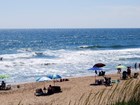
Currents are necessary to move water, sediment, and nutrients near the coast but are potentially dangerous to swimmers. Dangerous currents occur along the Atlantic, Pacific, Arctic, and Gulf of Mexico coasts of the United States, as well as along the shores of the Great Lakes. Some dangerous currents present in parks include rip currents, structural currents, outlet currents, longshore currents, and channel currents. Read more
-
Article 2: Coastal Geohazards—Landslides, Slumps & Block Fall
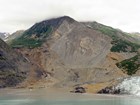
Ranging from small scale block fall to immense landslides, these processes shape coastal landscapes. Waves, currents, and storm surges coupled with sea level rise act to modify sediment supply along our parks’ coasts. Over time, these processes may steepen adjacent and unconsolidated shores leading to bluff retreat and landslides. Read more
-
Article 3: Coastal Geohazards—Nuisance Flooding
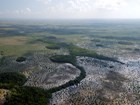
Nuisance flooding is recurrent shallow flooding that occurs during unusually high, high tide events. It is particularly likely in areas with flat topography where local elevation is near that of the high tide line. Nuisance flooding causes public inconvenience and is expected to increase with sea level rise. Read more
-
Article 4: Coastal Geohazards—Seiches
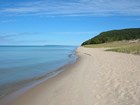
Seiches are a stationary, oscillating, wave in lake or semi-enclosed basin. Like water sloshing back and forth in a bathtub, seiches contribute to shoreline erosion and have the potential to flood adjacent coast. This phenomena is usually caused by strong winds and rapid changes in atmospheric pressure which pile up water on one end of a basin. Read more
-
Article 5: Coastal Geohazards—Storm Hazards
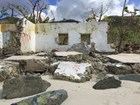
Coastal Storms are the primary drivers of coastal change. During the passage of major storms, strong winds, heavy rains, large waves, and storm surges frequently impact coastal parks. Although necessary, storms alter coastal landforms such as barrier islands and place many park structures at risk. Read more
-
Article 6: Coastal Geohazards—Storm Surges
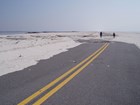
Storm surge may severely impact coastal geomorphology and inundate park resources. Brought by coastal storms, storm surge can be dangerous and have lasting effects. Coastal areas that remain at low elevation are prone to the effects of storm surge. The magnitude of a storm surge is increased when coupled with sea level rise. Read more
-
Article 7: Coastal Geohazards—Tsunamis
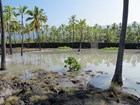
Generated by any large displacement of the sea surface, tsunami waves can travel at speeds in excess of 500 mph (805 km/h) and can rush upward hundreds of feet in elevation upon landfall. These large waves can severely alter the coastal landscape through rapid erosion and deposition of sediment. Powerful wave action may transport coastal vegetation and marine debris as well as flood and damage park structures. Read more
